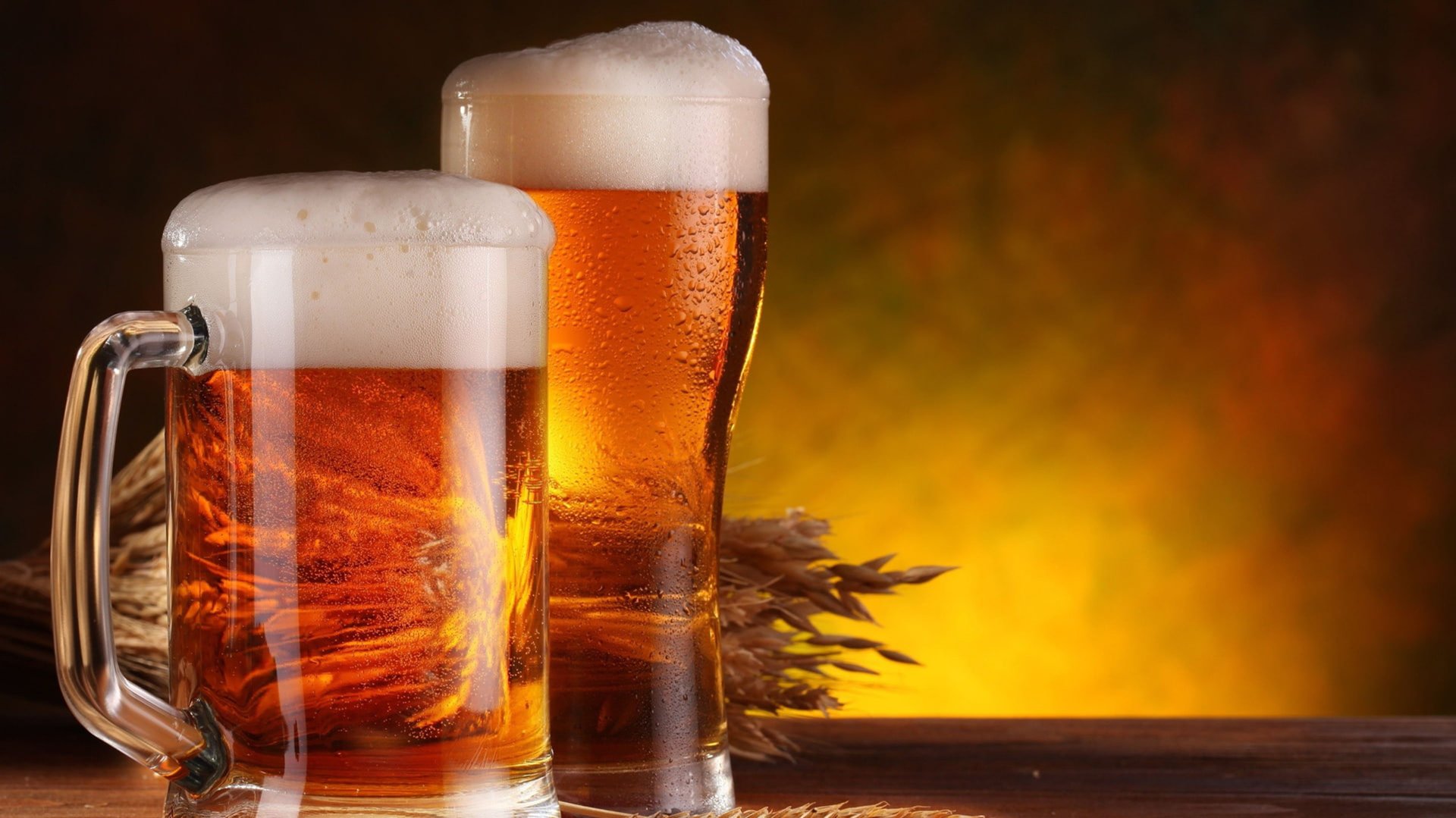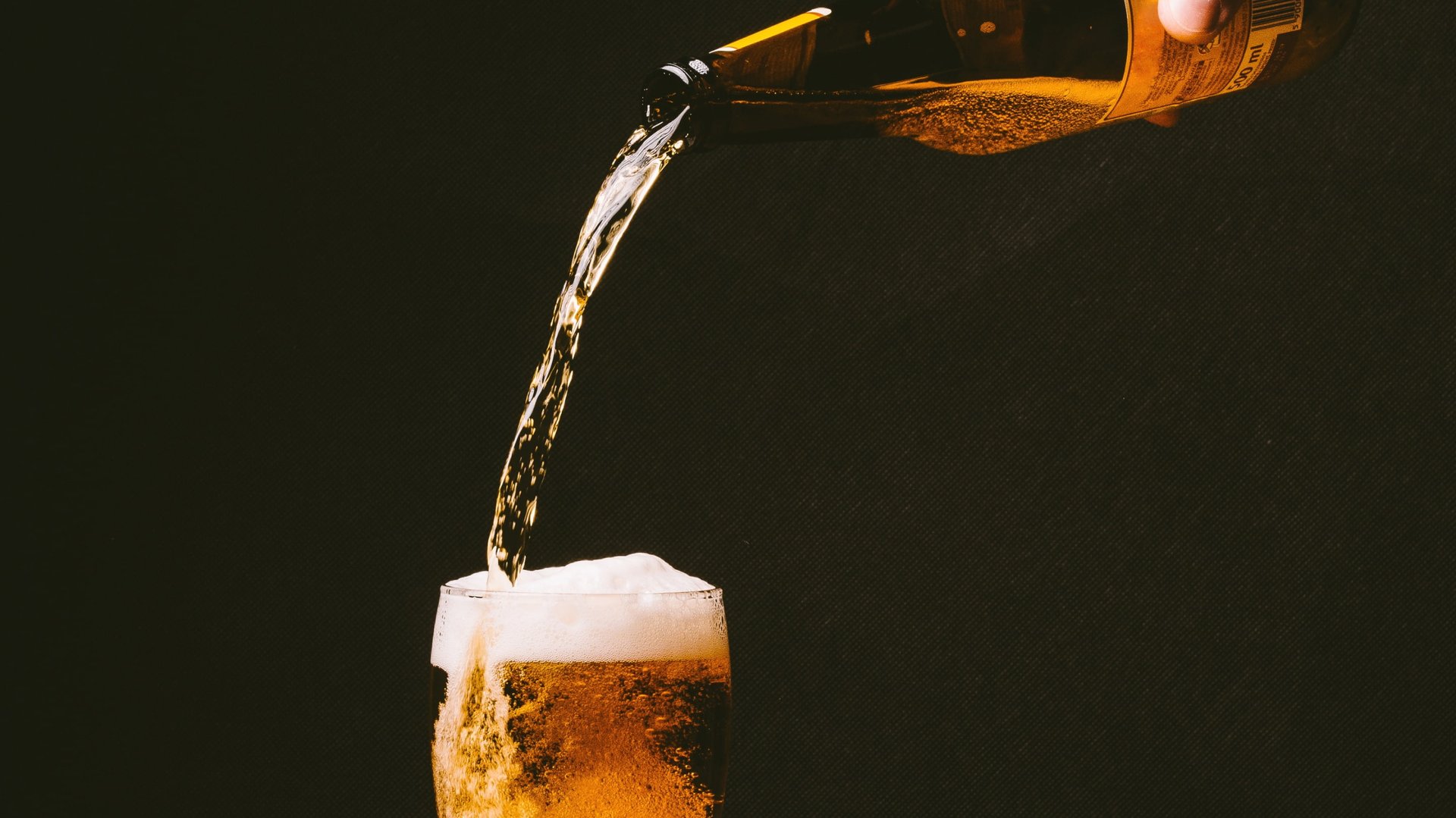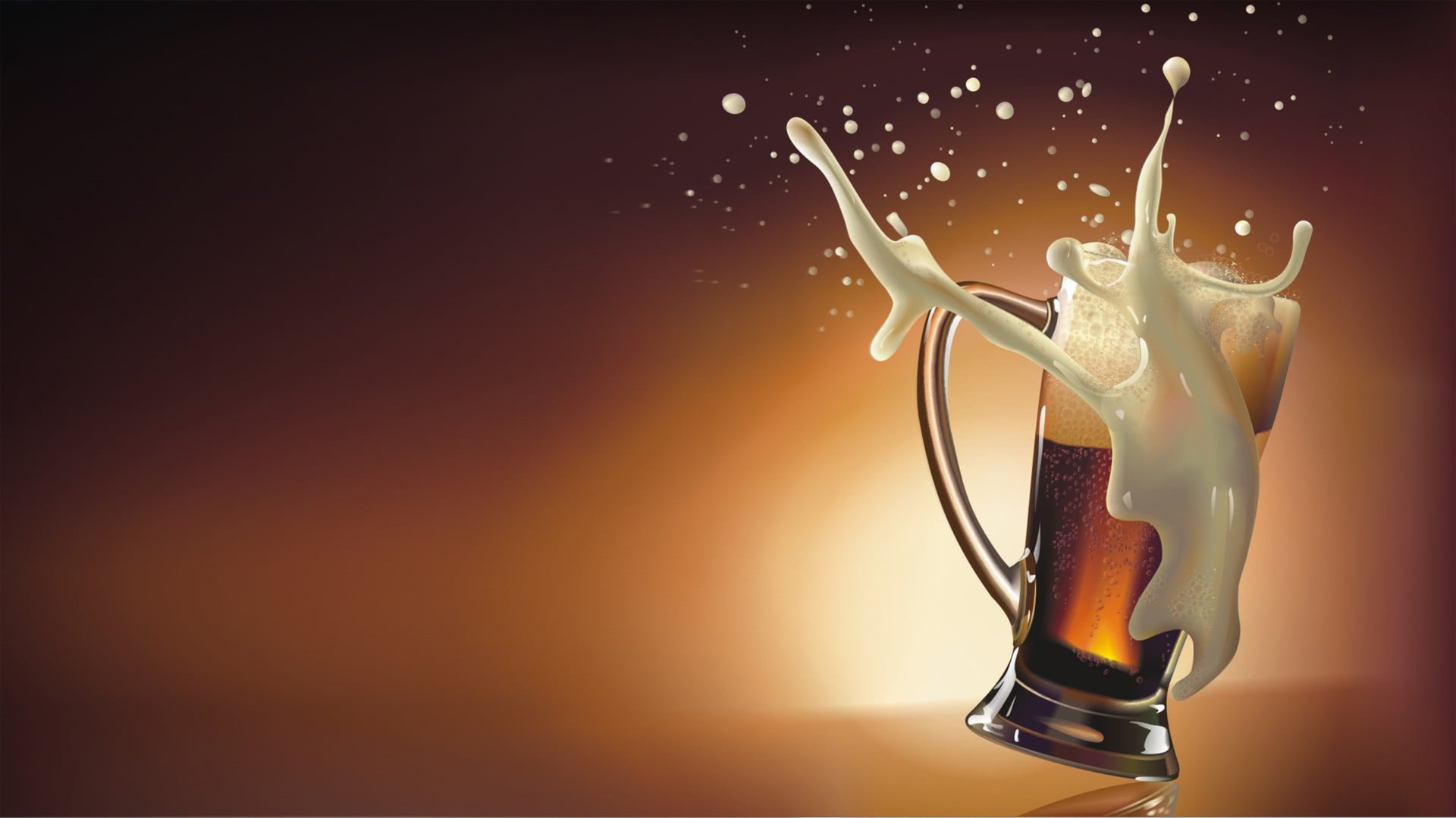
Beer Production
Explore the fundamentals of fermentation

Crafting Liquid Gold: An In-Depth Journey through the Art of Beer Making
Embarking on the journey of beer making is akin to stepping into an alchemical realm where science, tradition, and creativity converge. As a seasoned beverage expert with seven years in the industry, let's delve into the intricate steps that give birth to that golden elixir we so cherish—beer
Malting: Laying the Foundation
The journey begins with malted barley, the soul of beer. Barley grains are soaked, germinated, and then dried, initiating the malting process. This crucial step activates enzymes within the barley, setting the stage for the conversion of starches into fermentable sugars.
Mashing: Transforming Starches into Sugars
In the mash tun, malted barley meets hot water, creating a porridge-like mixture known as the mash. Here, enzymes activated during malting break down complex starches into simpler sugars. The result is a sweet liquid called wort, rich with the potential for fermentation.
Lautering: Separating Solids from Liquid Gold
The wort undergoes lautering, a process where the liquid is separated from the spent grains. This crucial step ensures that only the sugars and flavors extracted from the malted barley move forward in the beer-making journey.
Boiling: Infusing Flavor and Sterilizing
The clarified wort enters the brew kettle, where it undergoes a vigorous boil. Hops, the aromatic cones of the Humulus lupulus plant, are introduced during this stage. Hops not only impart bitterness but also contribute floral, spicy, or citrusy aromas. Boiling also sterilizes the wort, ensuring a clean canvas for fermentation.

Hopping: The Art of Aroma and Bitterness
Adding hops during various stages of the boil and fermentation allows brewers to control the flavor and aroma profile of the beer. Early hop additions contribute bitterness, while late additions and dry hopping enhance aroma and flavor without significant bitterness.
Fermentation: Yeast's Dance of Transformation
The cooled wort is transferred to a fermentation vessel, and yeast takes center stage. Whether ale or lager, yeast transforms the sugars in the wort into alcohol and carbon dioxide. This magical process can last from days to weeks, depending on the type of beer being brewed.
Conditioning: Maturity in Patience
Post-fermentation, the young beer undergoes conditioning. This phase allows flavors to mellow and mature. In the case of lagers, a more extended conditioning period at cooler temperatures refines the beer's character.
Filtration and Carbonation: Clarity and Bubbles
To achieve the desired clarity, beer may undergo filtration to remove sediment. Carbonation, whether naturally occurring or added, imparts the effervescence we associate with a well-crafted brew.
Packaging: From Brew Kettle to Glass
The final masterpiece is packaged, whether in bottles, cans, or kegs. This stage requires precision to maintain the beer's integrity, ensuring that it reaches the consumer with the same freshness and quality intended by the brewmaster.

